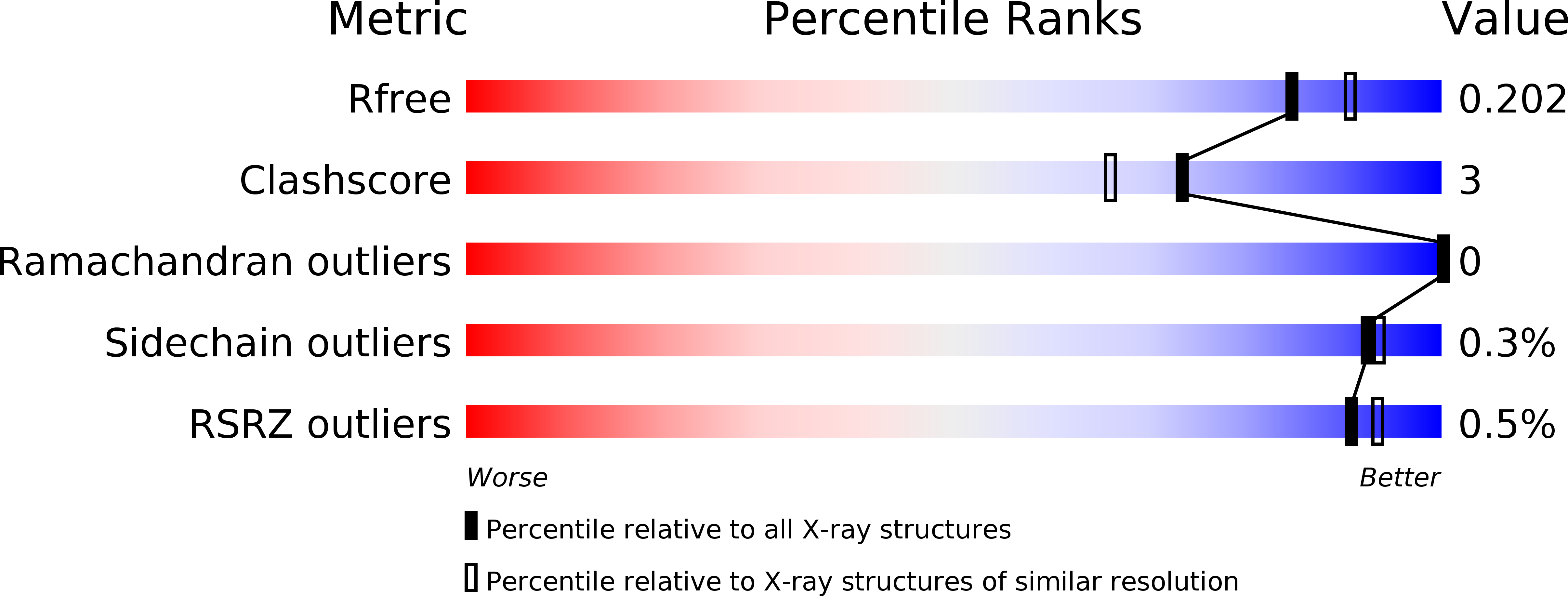
Deposition Date
2017-04-17
Release Date
2017-08-16
Last Version Date
2023-10-04
Entry Detail
PDB ID:
5VJ0
Keywords:
Title:
Crystal Structure of heme-containing DyP Type Peroxidase from Enterobacter lignolyticus
Biological Source:
Source Organism:
Enterobacter lignolyticus (Taxon ID: 1334193)
Host Organism:
Method Details:
Experimental Method:
Resolution:
1.93 Å
R-Value Free:
0.20
R-Value Work:
0.17
R-Value Observed:
0.17
Space Group:
P 1 21 1


